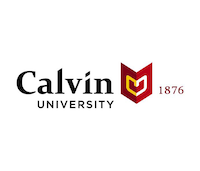Below is a summary of the abstract you submitted. Presenting author(s) is shown in bold.
If any changes need to be made, you can modify the abstract or change the authors.
You can also download a .docx version of this abstract.
If there are any problems, please email Dan at dar78@pitt.edu and he'll take care of them!
This abstract was last modified on April 22, 2015 at 12:37 a.m..

The number of phages sequenced and analyzed by SEA-PHAGES students and faculty continues to grow each year. In addition, unique sampling environments and an expanding list of bacterial hosts continue to diversify the types of phages sequenced. This has resulted in a need for individual faculty to create, manage, and provide to their students unique Phamerator databases tailored to their sequence data and research questions. Constructing databases in Phamerator currently requires comfort with the unix command line, the completion of a number of sequential steps, learning which error messages to respond to and which to ignore, and investment of faculty time. Furthermore, at the time that this project was begun, Phamerator used CLUSTAL and BLASTP to compute pairwise alignments and assemble related proteins into phamilies, a process that took many hours to construct a database of very modest size (10-30 phages). Troubleshooting sometimes required communication between SEA-PHAGES staff and the faculty member. As a senior project, a computer science major designed, coded, and tested an application for creating such databases. The application is web-based and allows the user to upload genbank-format files, which are then checked for proper elements and format. The user can deselect uploaded phages or add additional phages before creating a database. The application incorporates the new ‘kClust’ algorithm which allows modestly-sized databases to be computed and constructed in minutes (kCLust is also now incorporated into the existing Phamerator). After database construction, users of the app can remove or add phages and reconstruct the database. Instructions for pointing Phamerator to the correct server and database are displayed for the user to easily copy and paste into Phamerator preferences.

